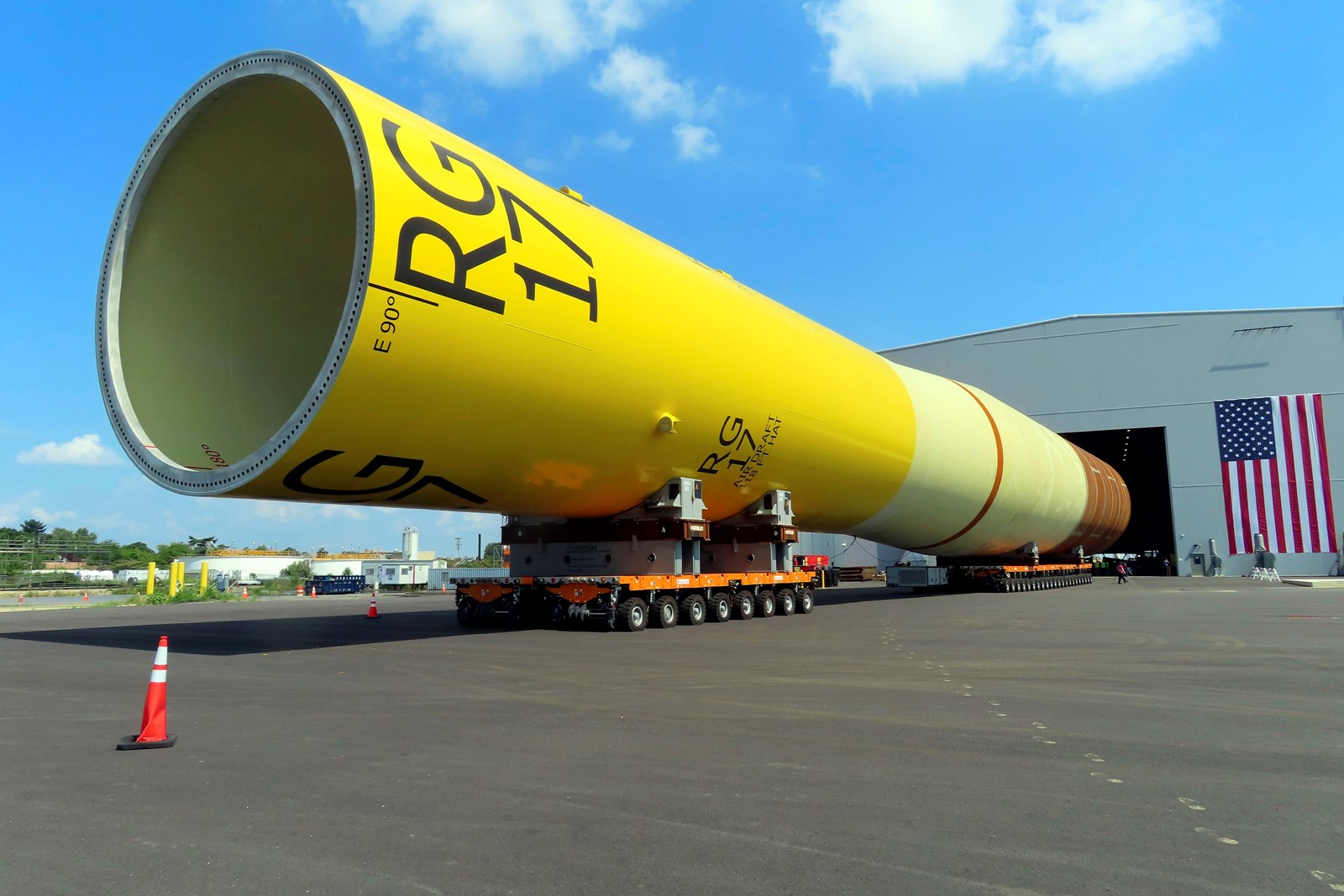

WASHINGTON >> The cancellation of two large offshore wind projects in New Jersey is the latest in a series of setbacks for the nascent U.S. offshore wind industry, jeopardizing the Biden administration’s goals of powering 10 million homes from towering ocean-based turbines by 2030 and establishing a carbon-free electric grid five years later.
The Danish wind energy developer Ørsted said this week it’s scrapping its Ocean Wind I and II projects off southern New Jersey due to problems with supply chains, higher interest rates and a failure to obtain the amount of tax credits the company wanted. Together, the projects were supposed to deliver over 2.2 gigawatts of power.
The news comes after developers in New England canceled power contacts for three projects that would have provided another 3.2 gigawatts of wind power to Massachusetts and Connecticut. They said their projects were no longer financially feasible.
In total, the cancellations equate to nearly one-fifth of President Joe Biden’s goal of 30 gigawatts of offshore wind power by 2030.
Despite the setbacks, offshore wind continues to move forward, the White House said, citing recent investments by New York state and approval by the Interior Department of the nation’s largest planned offshore wind farm in Virginia. Interior’s Bureau of Ocean Energy Management also announced new offshore wind lease areas in the Gulf of Mexico.
“While macroeconomic headwinds are creating challenges for some projects, momentum remains on the side of an expanding U.S. offshore wind industry — creating good-paying union jobs in manufacturing, shipbuilding and construction,? while strengthening the power grid and providing new clean energy resources for American families and businesses, the White House said in a statement Thursday.
Industry experts now say that while the U.S. likely won’t hit 30 gigawatts by 2030, a significant amount of offshore wind power is still attainable by then, roughly 20 to 22 gigawatts or more. That’s far more than the nation has today, with just two small demonstration projects that provide a small fraction of a single gigawatt of power.
Large, ocean-based wind farms are the linchpin of government plans to shift to renewable energy, particularly in populous East Coast states with limited land for wind turbines or solar arrays. Eight East Coast states have offshore wind mandates set by legislation or executive actions that commit them to adding a combined capacity of more than 45 gigawatts, according to ClearView Energy Partners, a Washington-based research firm.
“I think very few people would argue that the U.S. will have the gigawatts the Biden administration wants? by 2030, said Timothy Fox, a ClearView vice president. “But I do think eventually we will have it and will likely exceed it.”
Offshore wind developers have publicly lamented the global economic gales they’re facing. Molly Morris, president of U.S. offshore wind for the Norwegian company Equinor, said the industry is facing a “perfect storm.”
High inflation, supply chain disruptions and the rising cost of capital and building materials are making projects more expensive while developers are trying to get the first large U.S. offshore wind farms opened. Ørsted is writing off $4 billion, due largely to cancellation of the two New Jersey projects.


 PREVIOUS ARTICLE
PREVIOUS ARTICLE
